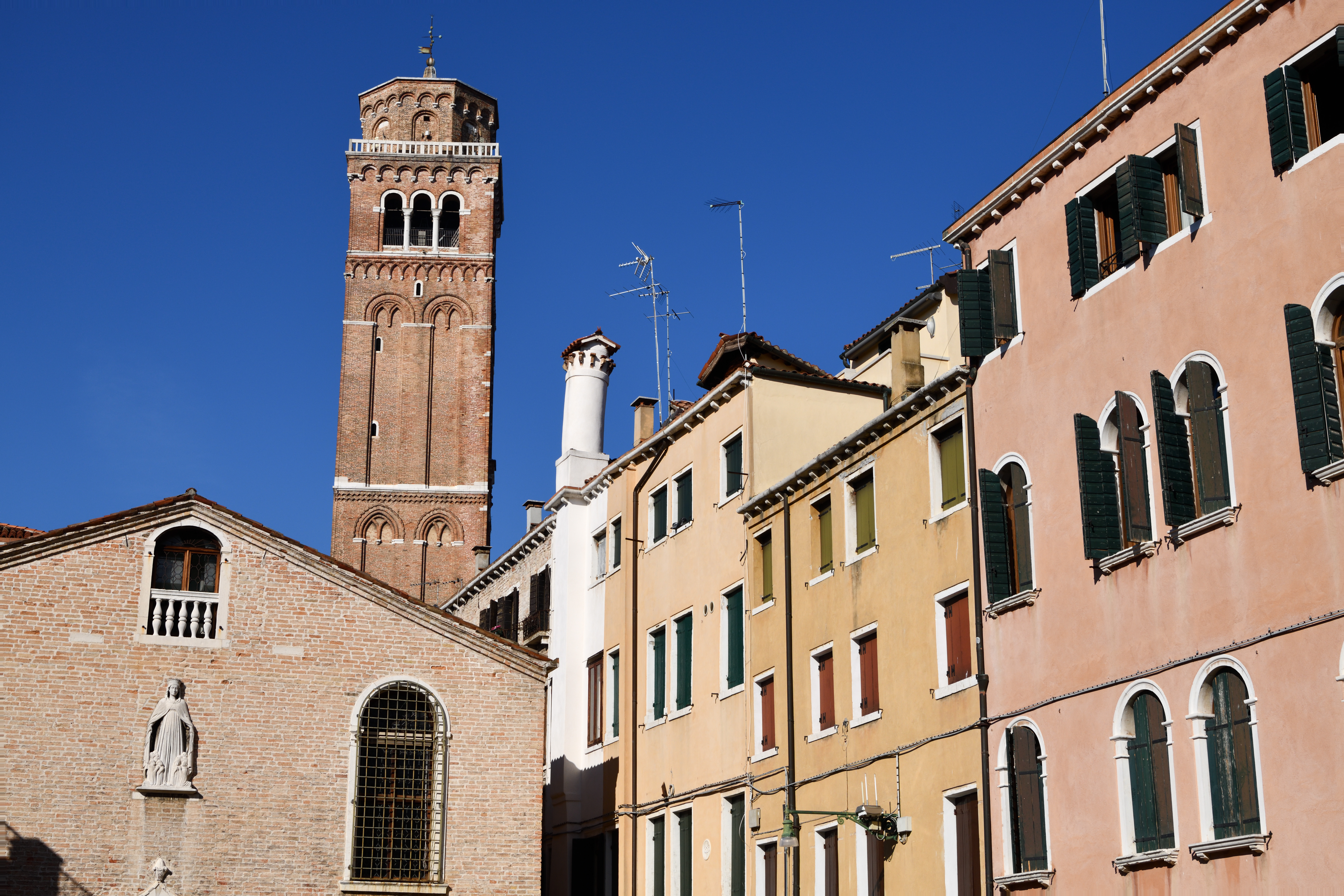
Authorities in Venice are introducing an entry fee to the city in a bid to offset the costs of damage incurred by the masses of tourists that inundate the floating city each year. The fee will take effect on September 1, toward the end of this year’s Venice Biennale, adding an additional cost of €3 to €10 to the already pricey endeavor of taking in the monumental exhibition.
The tax intends to target day trippers, who often arrive to the city on cruise ships but avoid the existing city tax collected by hotels, which brings in around €30 million per year. It is estimated that around a million such visitors enjoy the city each year without paying the tax. Visitors who are already paying the city tax through their hotels will not incur the additional charge. Venice residents, and commuting employees, and students whose institutions are based in the city are also exempt from the tax.
Venice incurs “extraordinary costs” of about €41 million annually for cleaning, waste removal, and maintaining its banks, bridges, and cultural heritage, according to a statement from the city council. These expenses should not “fall on the shoulders of the residents,” the council said. The new tax would “make the city more livable for those who already live there, and more attractive for those who choose to come.”
The tax will be collected by the transport carriers that bring people into the city including shipping companies, railway carriers, public land and water transport, non-scheduled public transport carriers including buses, chauffeurs, taxis, and air carriers that land at Nicelli del Lido airport. Those who do not arrive on an official carrier, such as the billionaire art collectors who like to moor their superyachts in Venice’s lagoon during the biennale, will need to pay the contribution directly to the municipality of Venice, or face a fine of between €100 and €450.
The new fee will begin at about €3 per person a day, though it will be bumped up to as much as €10 during the peak visiting periods beginning next year. In January 2020, the city will institute a stamp system whereby the base fee will jump to €6 per person every day of the year, except on color-coded stamp days. On “green stamp” days, when a limited influx of people is anticipated, the fee will drop to €3; on “red stamp” days, when a “critical influx” of people is expected, the fee will be raised to €8; and on “black stamp” days, when an “exceptionally critical influx” of people is anticipated, tourists will pay €10 to access the city and the smaller islands of the lagoon.
Not everyone is happy about the new tax. The Italian tourism minister, Gian Marco Centinaio, criticized the plan when it was first proposed last year, calling it “useless and damaging.” The 30 million tourists who visit the city each year are a boon to the local economy. “Do we want to become a tourist-repelling country?” Centinaio asked on Twitter.
The city’s mayor Luigi Brugnaro has also spoken of plans to introduce a system in which visitors will have to reserve access to the city beginning in 2022.